The tech in the Indian automotive industry has advanced many folds. From technology, that goes into the development of the cars to the gizmos that these smart cars come with have seen a drastic change. Even the machine under the bonnet of the vehicle has become more powerful and even more efficient. Speaking of which, cars in India sell in big numbers if it returns really good fuel mileage.
Now, let me tell you, it takes a lot of brains and years to develop an engine. And the main factors around which an engine is developed are performance, fuel efficiency, reliability and service cost. So, in order to keep the costs down the carmakers across the globe share their powertrain between different models and sometimes even between cars from different companies. Which is the topic for today. In this read, you’ll know about the cars in India that share their engine with other cars.
-
Renault Kwid & Renault Triber (1.0-Litre NA Engine)
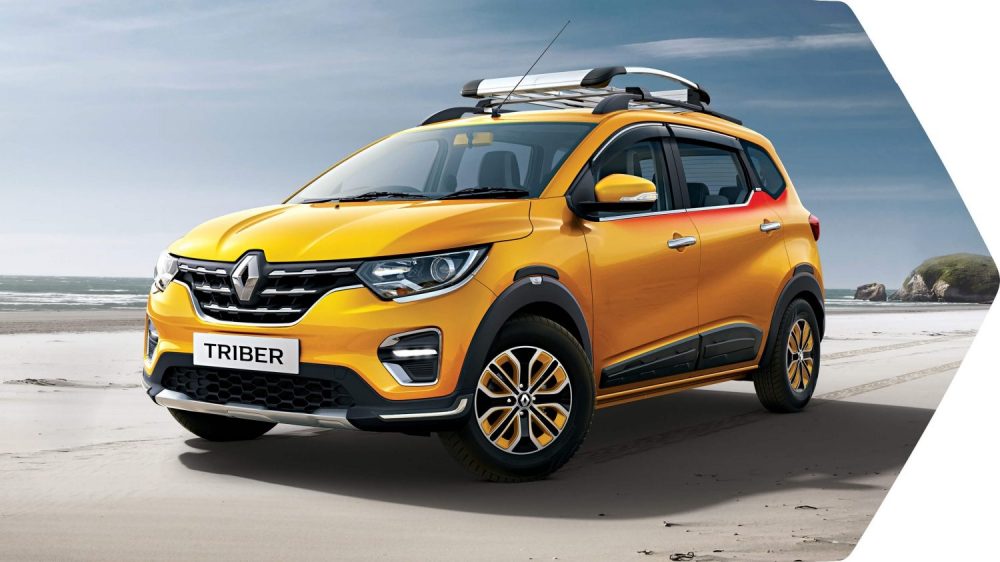
Renault Triber By now it is obvious that carmakers will share powertrain between their modes. But at times these companies overdo things to cut the costs. One of the perfect example in this situation is the 1.0-litre naturally aspirated petrol engine. Renault Kwid and Renault Triber come with this powertrain under the hood.
But a thing to note is that both the engines sit in a different state of tunes. The one in Renault Kwid generates 67hp of peak power and 91Nm of maximum torque. And the Tiber with the same engine produces 71hp of max power and 96Nm of peak torque.
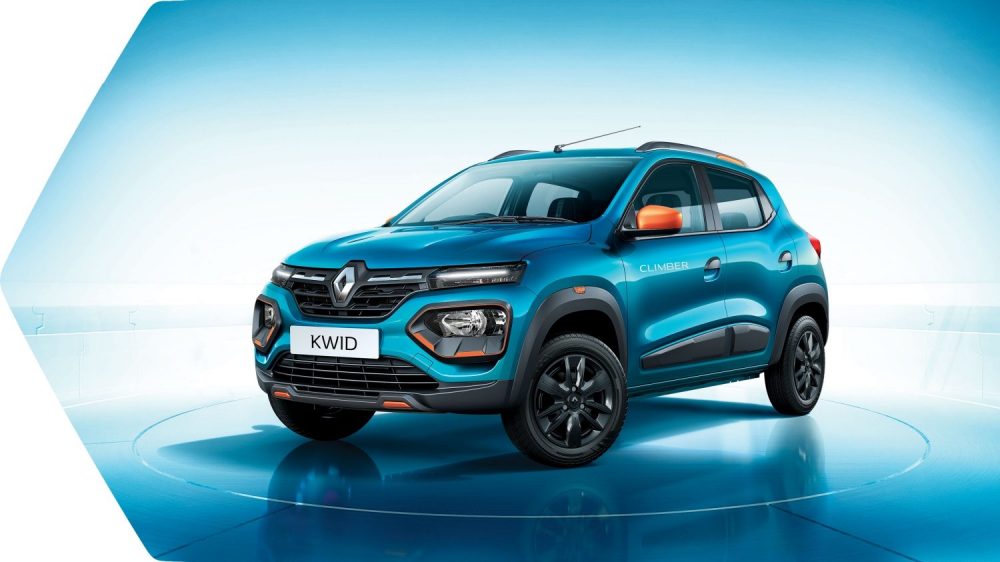
Renault Kwid | Low Maintenance cars In India -
Maruti Suzuki Celerio & Maruti WagonR (1.0-Litre NA Engine)
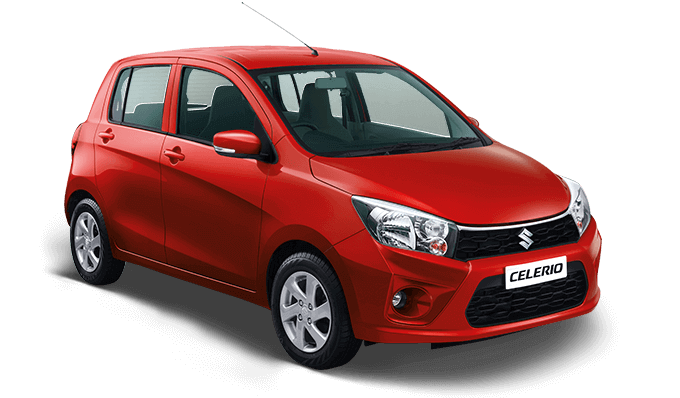
Maruti Suzuki Celerio Another Duo to share the same engine is the Maruti Suzuki Celerio and Maruti Suzuki WagonR. Both the cars are entry-level cars for their brands but target a different audience. Where WagonR gets a tall boy stance, Celerio looks more sophisticated and simple.
Nevertheless, both the cars come with a 1.0-litre naturally aspirated engine. Though WagonR gets an option to go for a 1.2 which Celerio misses out on. Moving on, this engine generates 67hp of max power and 90Nm of peak torque. And both the cars generate the same power and torque figures but differ slightly in how they deliver it.
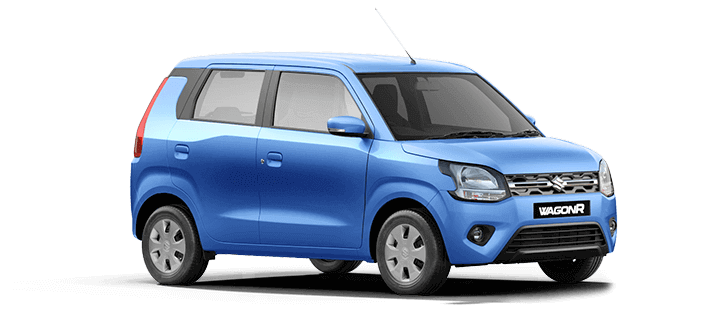
Maruti Suzuki WagonR -
Hyundai Grand i10 Nios & Hyundai Verna (1.0-Litre GDI Engine)
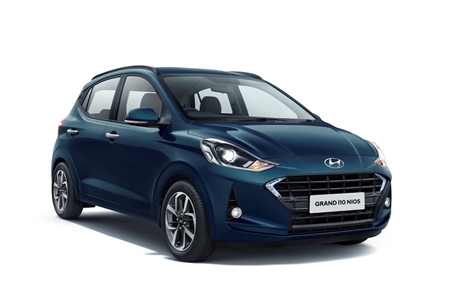
Hyundai Grand i10 Nios Moving on to the Korean auto giant Hyundai, its hatchback Grand i10 Nios and c-segment sedan Verna both share the same engine. Hyundai Verna and Hyundai Grand i10 Nios get the same 1.0-litre 3 cylinder GDI turbo petrol engine.
But, the engines in both cars are in a different state of tunes. The one in Verna generates 120ps of max power and 172Nm of maximum torque. And power output from the one in Grand i10 Nios generates a little lower 100ps and a similar 172Nm of peak torque.
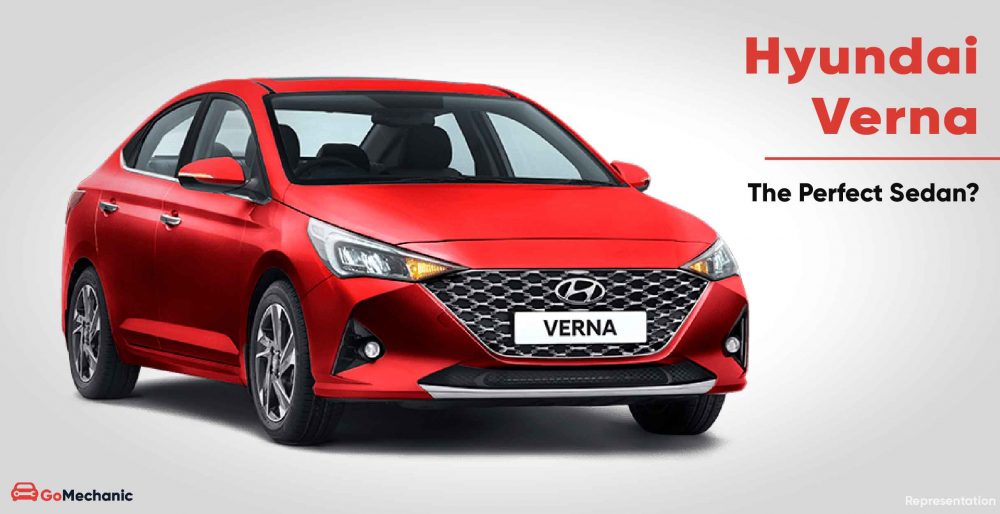
10 Reasons why the Hyundai Verna should be your first premium sedan -
Nissan Magnite & Renault Kiger (1.0-litre Turbo Petrol Engine)
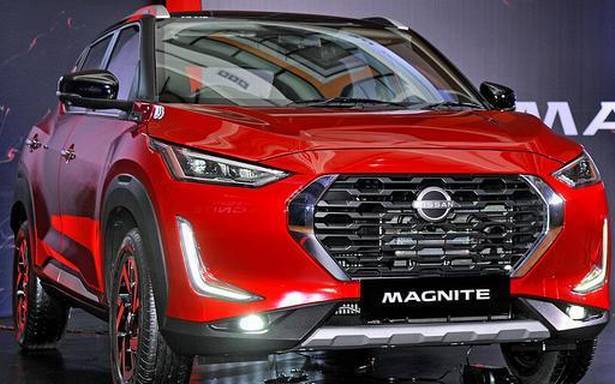
Nissan Magnite Renault and Nissan though different companies have a lot in common when it comes to their cars. After all in the international market, both are part of the same automotive group.
A thing to note is that both Nissan Magnite and Renault Kiger are recent launches from their respective brands. Also, both come with a 1.0-litre turbo petrol engine. Engines in both cars produce 100ps of max power and 160Nm of peak torque.
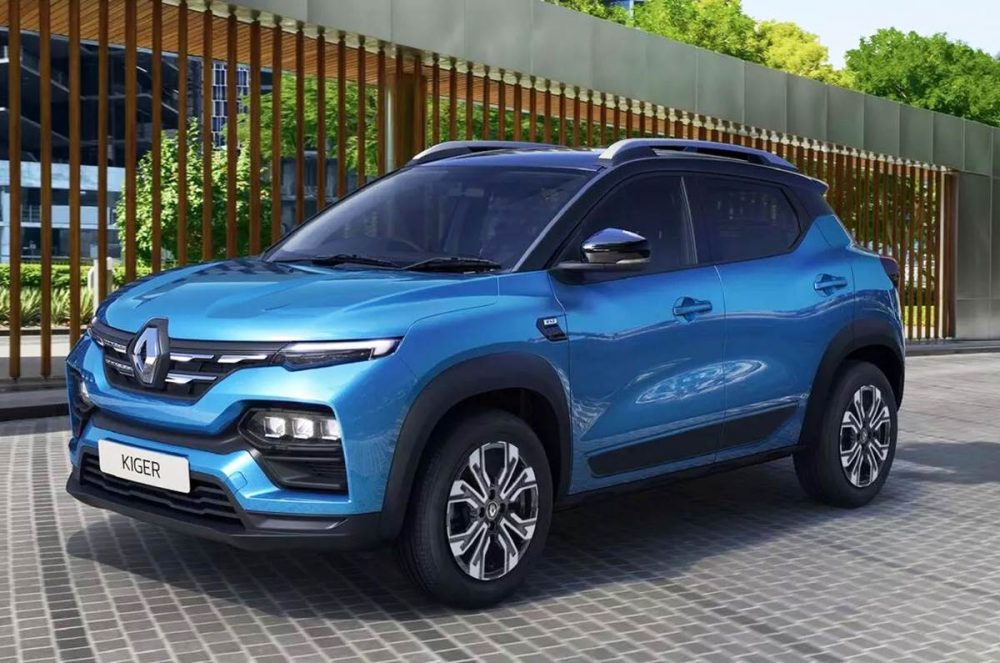
Renault Kiger -
Hyundai Creta & Kia Sonet (1.5-litre U2 CRDi Engine)
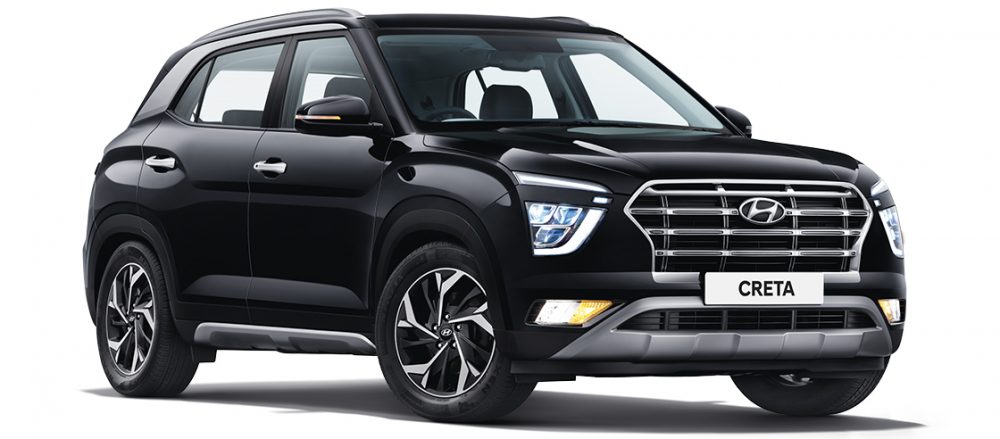
Hyundai Creta To stand out from the crowd car makers give a little extra oomph to their otherwise good cars. The diesel engine that comes with Kia Sonet is a prominent example. Why you may ask? Well, Sonet shares the engine with Hyundai Creta in exactly the same state of tune.
Meaning, the engine is powerful and gives the vehicle a really good power to weight ratio. But the catch is that this engine only comes in the top GTX Plus variant that costs nearly ₹15 Lakhs. Talking about the motor it is a 1.5-litre turbo diesel that generates 115ps of max power and 250Nm of peak torque. Another bonus for some is that this engine comes mated to only an automatic transmission (Torque Converter).
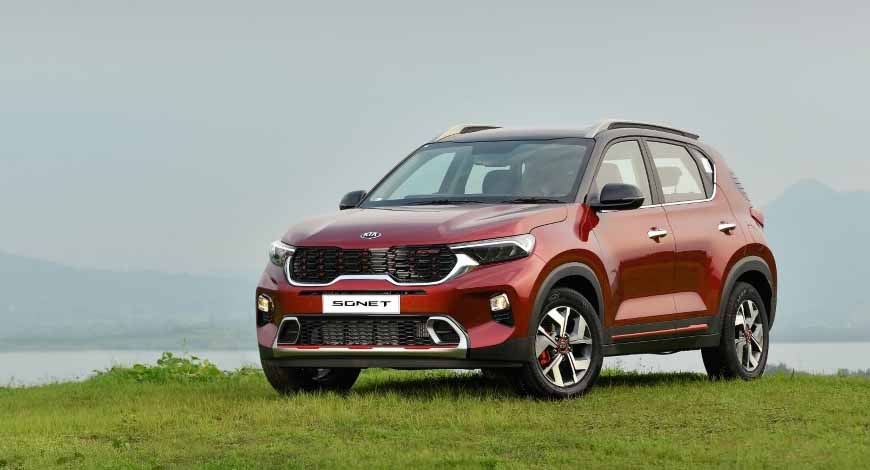
Top 10 Selling Cars in October 2020 -
Tata Altroz & Tata Tiago (1.2-litre Revotron Engine)
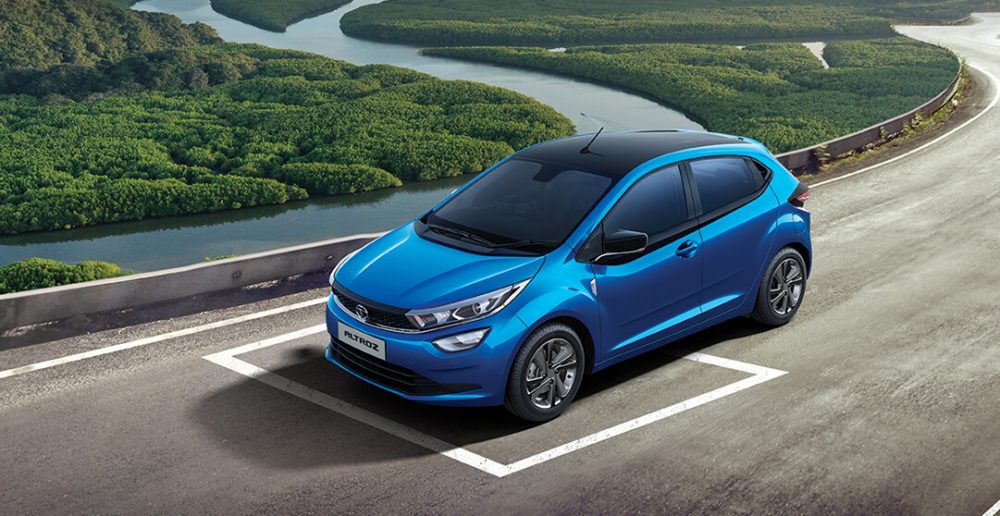
Tata Altroz iTurbo | Image for representation only | different cars same engine The Indian carmaker ‘Tata’ is not known for refined petrol engines, hence it is evident that many cars will share the same engine. And the two hatchbacks from the company, Tata Altroz and Tata Tiago get the same 1.2-litre naturally aspirated engine.
Speaking of the powertrain this is a 3 cylinder petrol engine that generates 86ps of peak power and 113Nm of maximum torque. Also, both the engines sit in the same state of tune.
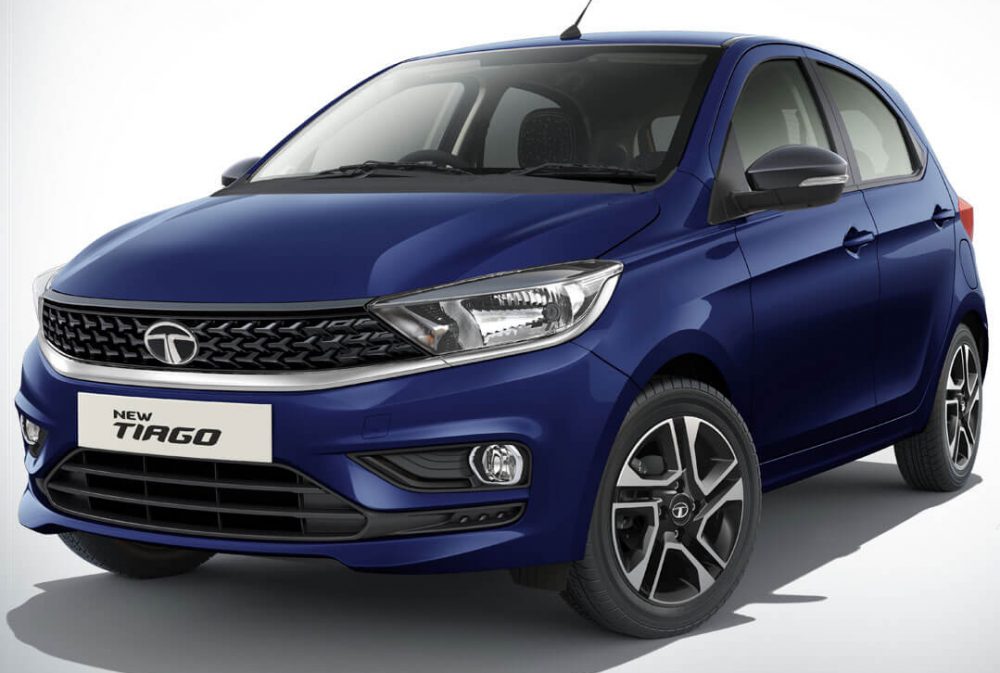
Tata Tiago -
Tata Harrier & Jeep Compass (2.0-litre diesel engine)
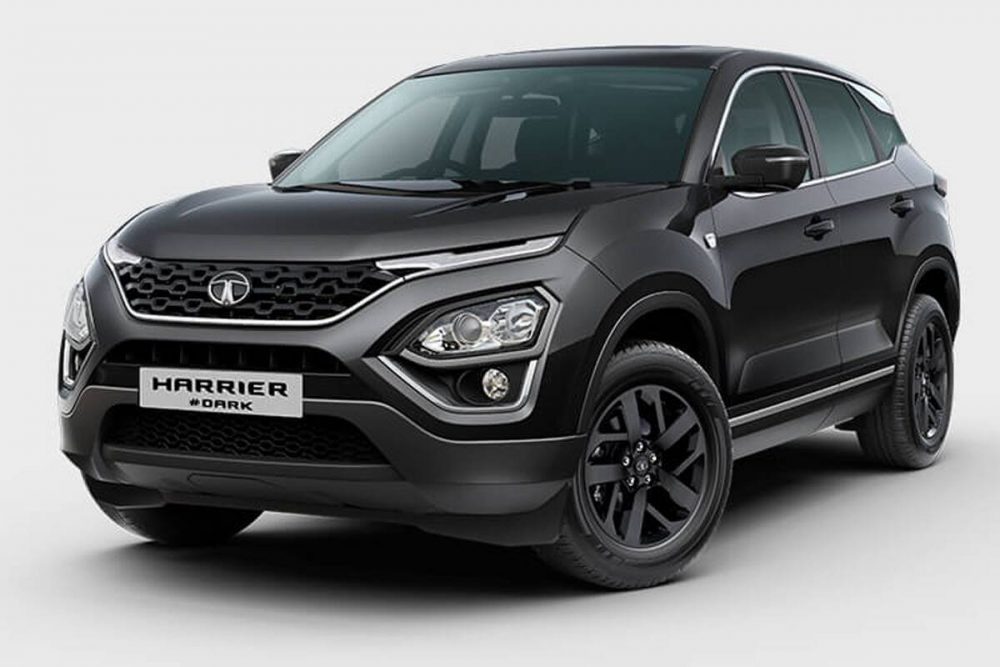
2021 Tata Harrier | different cars same engine Another unusual car duo to share the same engines are the Tata Harrier and Jeep Compass. Both the cars get a similar 2.0-litre turbo diesel engine under their bonnets. But it is a little different story here as both the engines have similar construction but Tata has modified the engine a little to suit the Harrier needs. Diving a little into detail, both the engines generate about 170ps of max power and 350 Nm of torque.
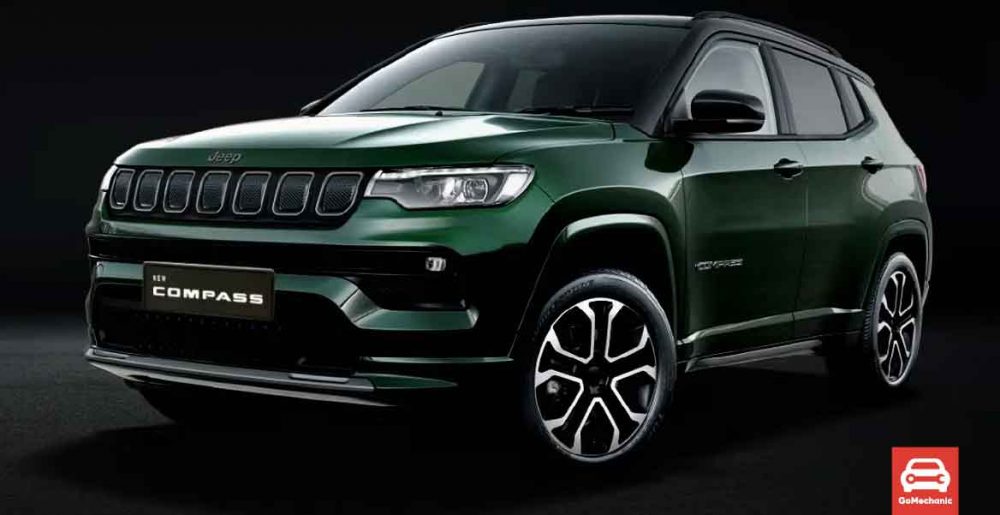
2021 Jeep Compass Facelift Launched -
Honda City & Honda Amaze (1.5-litre i-DTEC Engine)
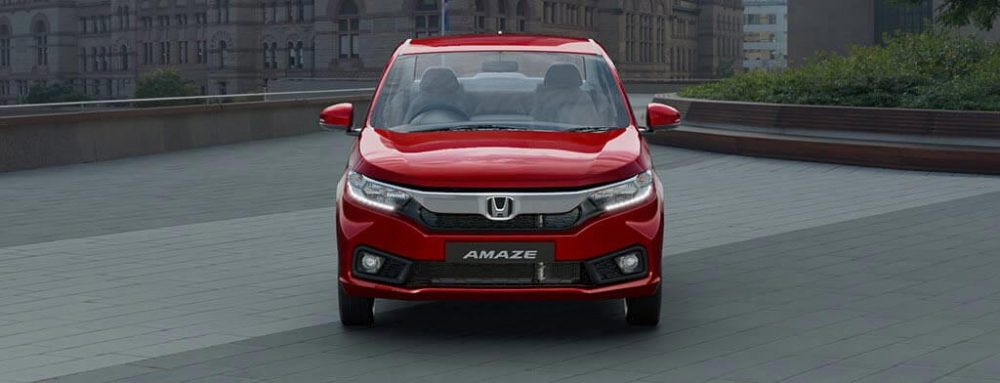
Honda Amaze: Cars with paddle shifters in India | different cars same engine After the implementation of the BS6 emission norms, people opting for a car with a diesel engine is a rare affair. So, to cut the costs down carmakers like Honda share their only diesel engine in their cars in India. A pair of such vehicles to share the same 1.5-litre turbo diesel engine is Honda City and Honda Amaze.
Download the GoMechanic App Now!

Additionally, in the latest iteration Amaze though gets the same engine but is lower on both power as well as torque in the automatic variant. Talking about its other cousin the one in City and Amaze MT both generates 100ps of max power and 200Nm of peak torque.
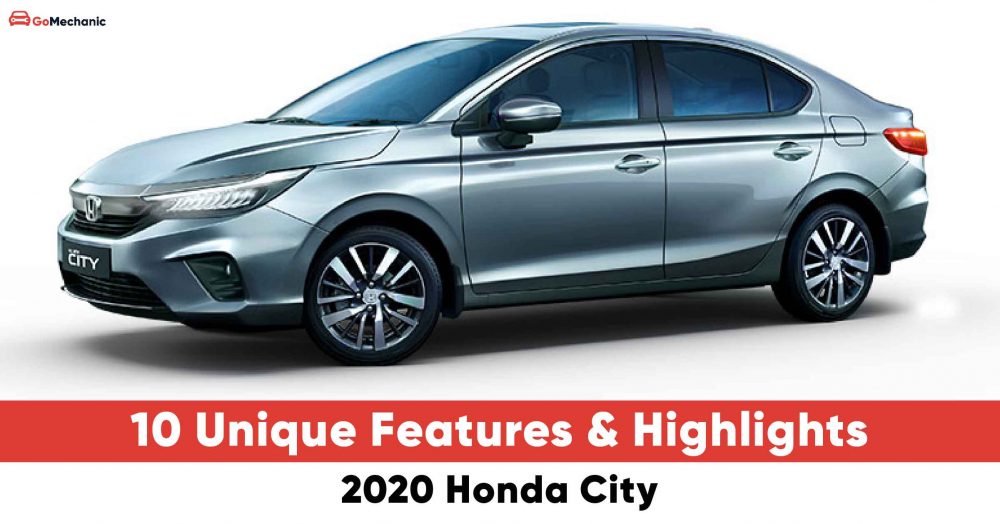
2020 Honda City 10 Highlights & Features -
Volkswagen T-ROC & Skoda Karoq (1.5-litre TSI Engine)
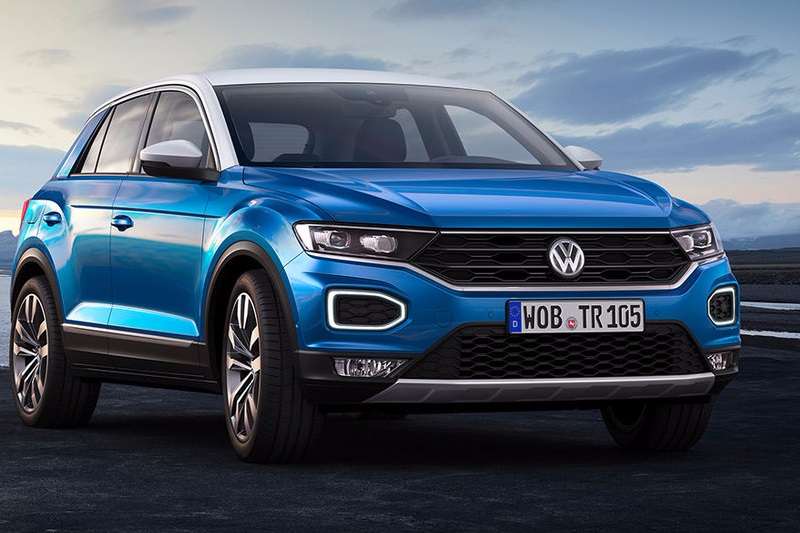
Volkswagen T-Roc | different cars same engine Multiple cars in the Volkswagen and Skoda group get the same powertrain. Apart from the obvious, other cars to get the same engines are Volkswagen T-ROC and Skoda Karoq. Both the cars also are based on the same platform and came to India via a CKD route.
Hence, both the cars were a little too overpriced. Nevertheless, these cars come with a 1.5-litre turbo petrol TSI engine that is super peppy and rev-happy. This engine generates 150ps of max power and 250Nm of peak torque.
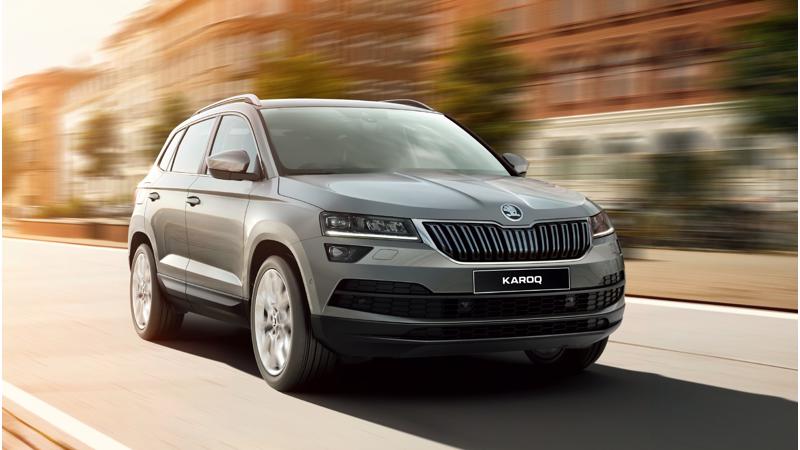
Skoda Karoq TSI -
Toyota Innova & Toyota Fortuner (2.7-Litre NA Engine)
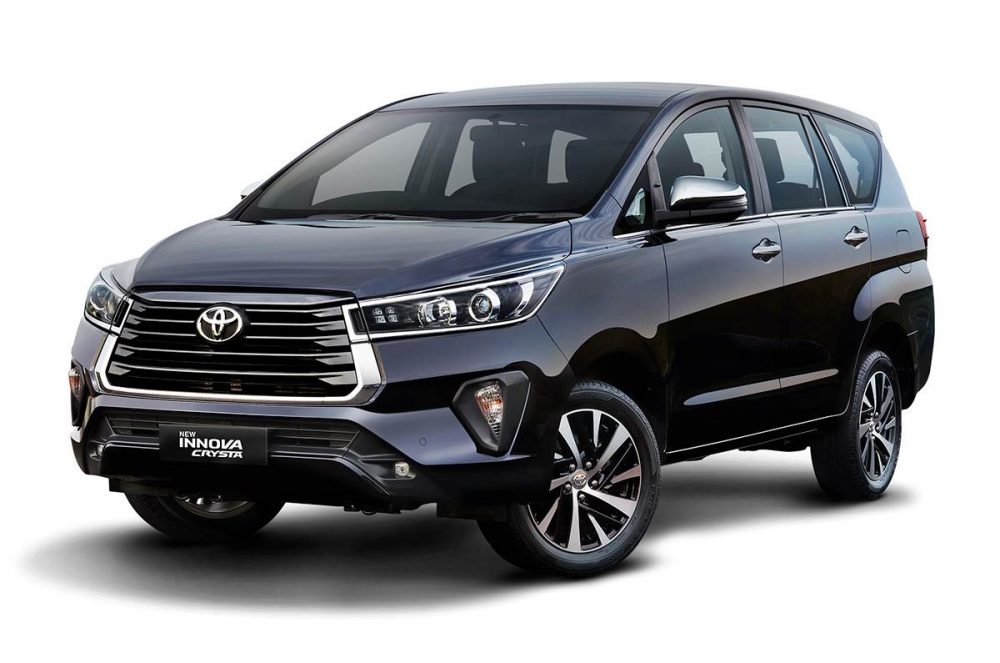
2021 Toyota Innova Crysta | different cars same engine Well, sharing the same platform Toyota Innova and Toyota Fortuner both also share the same petrol engine. Powering both the cars is a 2.7-litre naturally aspirated petrol engine that drives the rear wheels. This engine generates a decent 165ps of max power and 250Nm of peak torque.
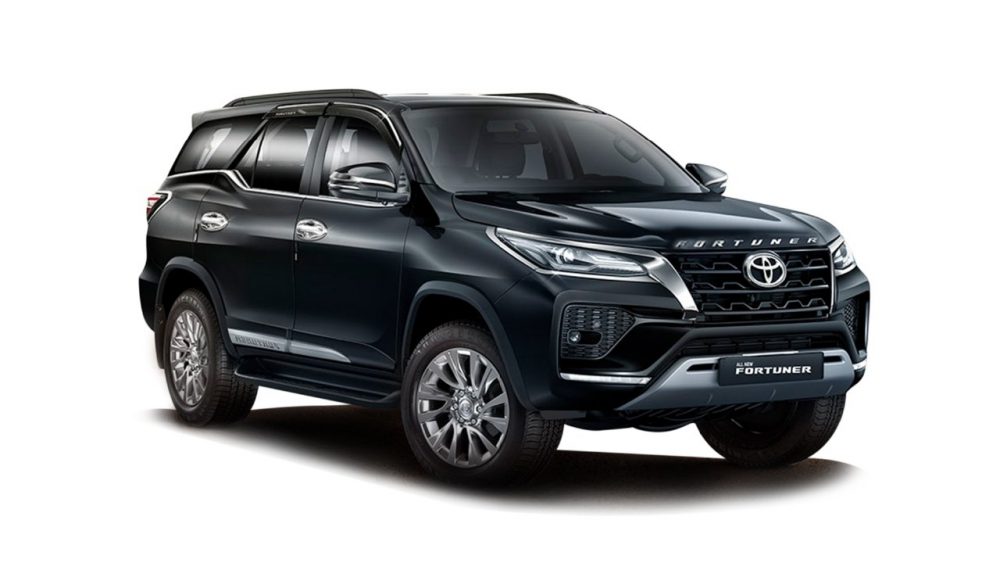
2nd gen Toyota Fortuner







Sharing engines in different car models is not new to India. … Fiat was survived in India only on supply of same diesel engines to Maruti Tata and Fiat cars…. Kia and Hyundai cos are with same ownership and sharing not only engines but car body frames too.. look for door & body cuts of Creta and Sonet both are found same… it goes with Maruti too…
Bullshit…..you got wrong info. Hyundai Verna uses 1.6 lt engine and you mention here that its 1 lt only. Get your facts together before posting .
Hi Rajnish,
It was 2019 when Verna came with the 1.6-litre engine. After the implementation of the BS6 emission norms, Hyundai Verna comes with a 1.0-litre turbo petrol engine along with two 1.5 litre diesel and petrol engines. And here we are comparing 1.0-litre engines. Hope you know now, Stay Pinned! 🙂
Should have only concentrated on engines shared across different brands and not across car models within the same brand.
Hi Sujit,
Well, there always is a part 2.S So, stay Pinned! 🙂
Hyundai Creta, Kia Seltos and Kia Sonet are having equal diesel engine capacity.
Also Hyundai Nios and Hyundai Venue are having equal engine capacity (Verna is having 1.5 ltr engine mostly)
Creta, seltos, i20, sonet, venue. Share the same diesel engine but with a different tune.
Hi Aashray,
Sure, from the outside all look the same. But the Diesel engine in Hyundai Creta and i20 are of the same family but not exactly the same, same goes for Hyundai Venue. However, the top end GTX+ trim of the Kia Sonet does have the same engine with a torque converter automatic as the Hyundai Creta.
American cars have interchangeable parts across manufacturers; electricals, suspension components and several non-proprietary technology parts; thus keeping the cost of ownership low and availability easier.